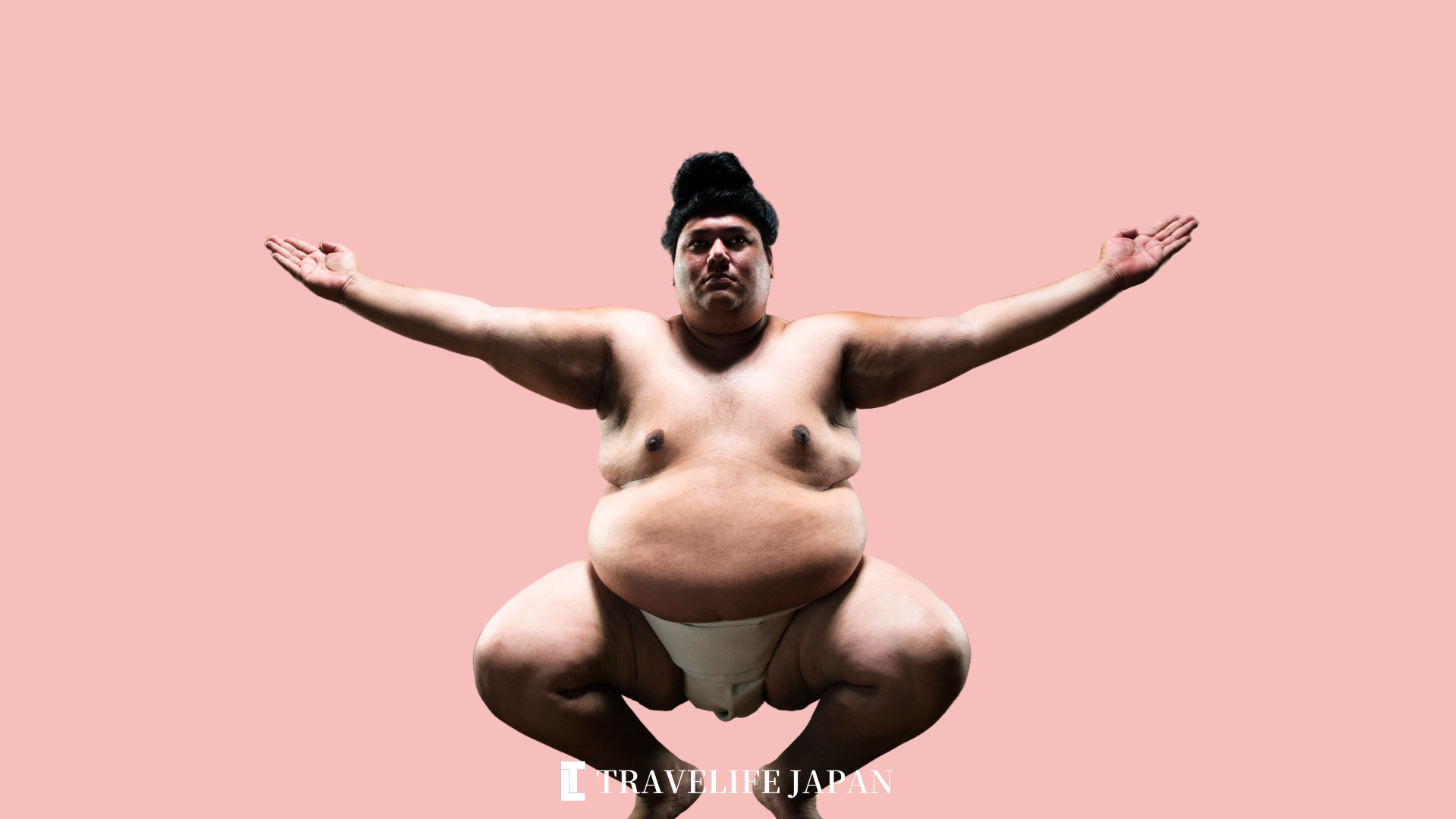How did sumo, Japan’s iconic martial art, evolve from ancient tradition to global phenomenon? This brief exploration covers its origins, intense training, and complex rules, showcasing sumo as not merely a sport but the heart of Japanese culture and values.
History and Evolution of Sumo
Historical Significance and Evolution of Sumo
Sumo, deeply rooted in Japan’s cultural history, has origins dating back to the Kofun period (3rd-7th centuries) with its mention in ancient texts like Kojiki and Nihonshoki. Initially a ritual for good harvests, it evolved into a ceremonial event at the imperial court and later, a crucial physical training for samurai warriors. By the Edo period, sumo had transitioned into a professional sport, appealing to the masses and contributing to community projects, laying down the foundation for contemporary sumo practices, including the establishment of rules and the formation of training stables.
Contemporary Sumo: Structure and Popularity
Today, professional sumo is a highly televised event, capturing the excitement of matches between wrestlers who embody tremendous strength and technique. Japan boasts 652 professional wrestlers across various ranks and divisions, from the elite Yokozuna to the entry-level Jonokuchi, participating in six annual tournaments. The introduction of foreign wrestlers has added an international dimension to the sport, reflecting its growing global appeal while preserving traditional elements like the ceremonial attire and ancient customs.
Life in a Sumo Stable
Each sumo wrestler is part of a stable, overseen by a stablemaster, where they live and train. These stables not only house wrestlers but also referees, ushers, and tokoyama (hairdressers). Achieving sekitori status in the Juryo division or higher allows wrestlers to receive salaries, don luxurious keshomawashi during ceremonies, and wear silk mawashi in tournaments, signifying their full-fledged rikishi status. This hierarchical structure and the communal lifestyle within stables highlight the blend of tradition and professionalism in sumo, underscoring its unique place in Japanese culture and sports.
Training in Sumo
Rigorous Training Regimen of Sumo Wrestlers
Sumo wrestlers start their day with intensive training sessions beginning as early as 5:00 am. Lower-ranked wrestlers are the first to hit the practice rings, engaging in exercises like shiko, teppo, and matawari to build strength, technique, and flexibility. Practice matches and butsukari-geiko sessions are integral to honing their sumo skills. Higher-ranked sekitori wrestlers join the practice later, adhering to a similar routine while mentoring the younger wrestlers. The focus is solely on training, with private conversations set aside to maintain an atmosphere of dedication and hard work.
Daily Life and Nutrition in Sumo Training
After morning training, young wrestlers prepare chanko, a nutritious stew that is a staple in a sumo wrestler’s diet, alongside other dishes rich in protein and calories to support their rigorous physical demands. Wrestlers eat two substantial meals daily, fueling their bodies for growth and recovery. Following the communal meal, the afternoon provides a much-needed rest period, with wrestlers often taking naps to aid in physical growth and recovery. This structured daily routine balances intense physical training with periods of rest and nutrition, crucial for the wrestlers’ development and performance.
Rules of Sumo
Ritual and Start of a Sumo Bout
Sumo matches are conducted on a hard dirt surface within a circular ring, encapsulated by a square platform, with the circle’s diameter at approximately 4.55 meters. Each bout is preceded by traditional rituals that include entering the ring, performing the shiko to purify the space, and adopting the shikiri stance to signal readiness. The match officially commences when both wrestlers place their fists on the ground, responding to the referee’s call of “Nokotta!” to continue grappling or “Hakkiyoi!” to encourage action during a standstill, emphasizing the sport’s blend of physical prowess and ceremonial significance.
Rules and Winning Techniques in Sumo
Victory in sumo is achieved by either pushing the opponent out of the ring or causing them to touch the ground with any part other than their feet. The sport recognizes 82 official winning techniques, including yorikiri (forcefully escorting the opponent out of the ring) and oshidashi (pushing the opponent out without a grapple), among others. Additionally, sumo strictly prohibits certain actions, such as strikes with clenched fists or kicks to the chest, with violations leading to disqualification (hansoku), ensuring matches are won through skill and technique rather than prohibited force.
Experiencing Sumo
Attending a sumo tournament, known as a “basho,” is an immersive encounter with Japan’s ancient sport. Inside the bustling arena, colossal sumo wrestlers engage in fierce battles, each match an artful combination of power and strategy. The atmosphere is electric as fans passionately support their favorites, and the wrestlers perform age-old rituals like salt purification before each bout.
Basho tournaments are held six times a year, with the three major ones occurring in Tokyo in January, May, and September. These events typically last for 15 days, and the matches take place from early morning to late afternoon, allowing attendees to experience a full day of sumo action. It’s a unique journey that unites tradition, athleticism, and the fervent spirit of sumo, leaving you with a deep appreciation for this iconic Japanese tradition.
Conclusion
Sumo, a sport dating back centuries and evolved through the ages, continues to captivate with its unique blend of physical prowess, ritual, and tradition. Its deep-rooted history in Japanese culture, rigorous training, and intricate rules demonstrate that sumo is not just a sport but a living testament to the nation’s heritage. As sumo tournaments continue to entertain audiences worldwide, they also serve as ambassadors of Japanese culture, spreading the essence of a time-honored tradition to far-flung corners of the globe. Sumo’s enduring appeal lies not only in the power of its wrestlers but in the enduring spirit of Japan’s traditional values and customs.
\ Follow Our Community /
STUDY IN JAPAN
INQUIRE NOW
Want to learn Japanese in Japan?
Ask us any questions with free application support.
Fast and Easy!








